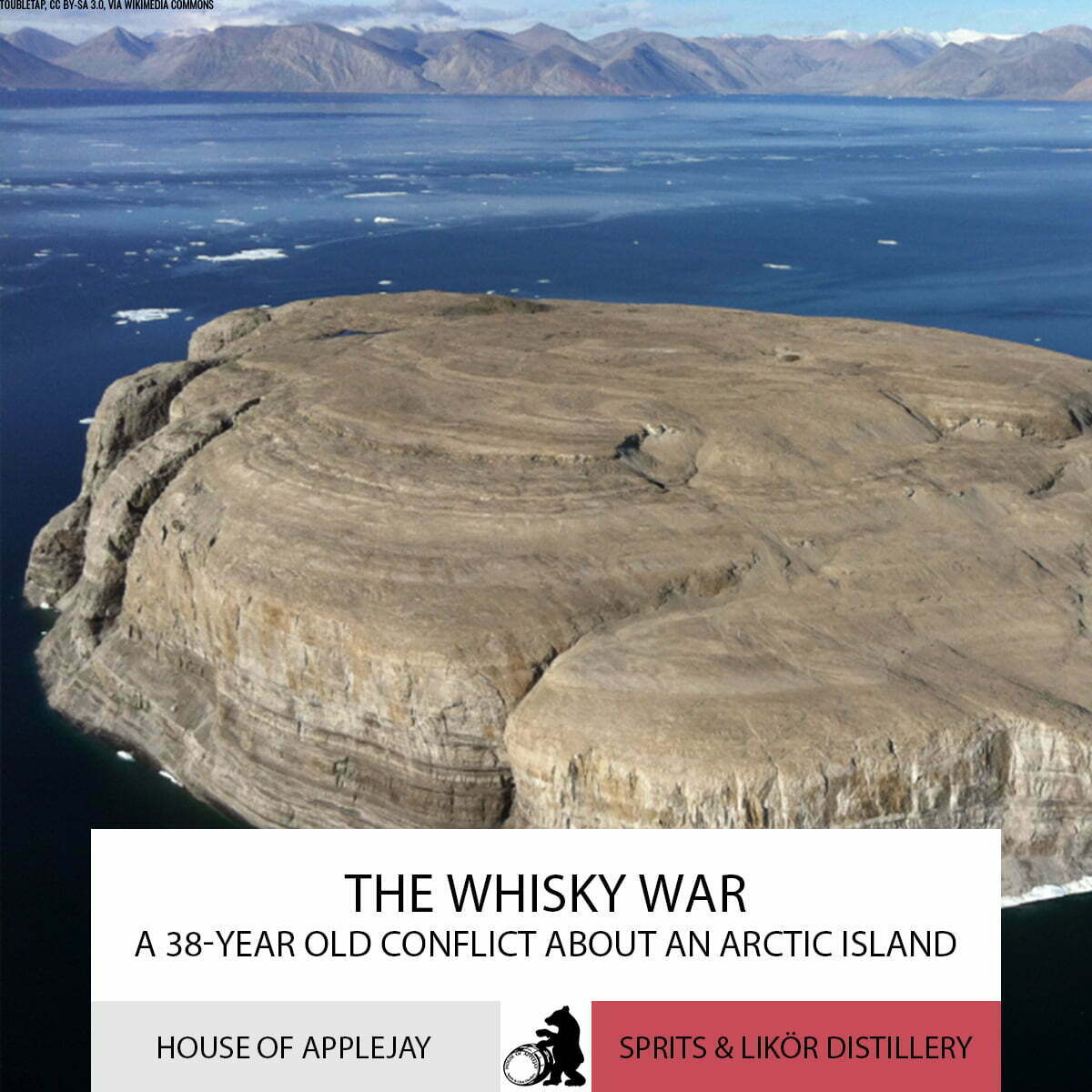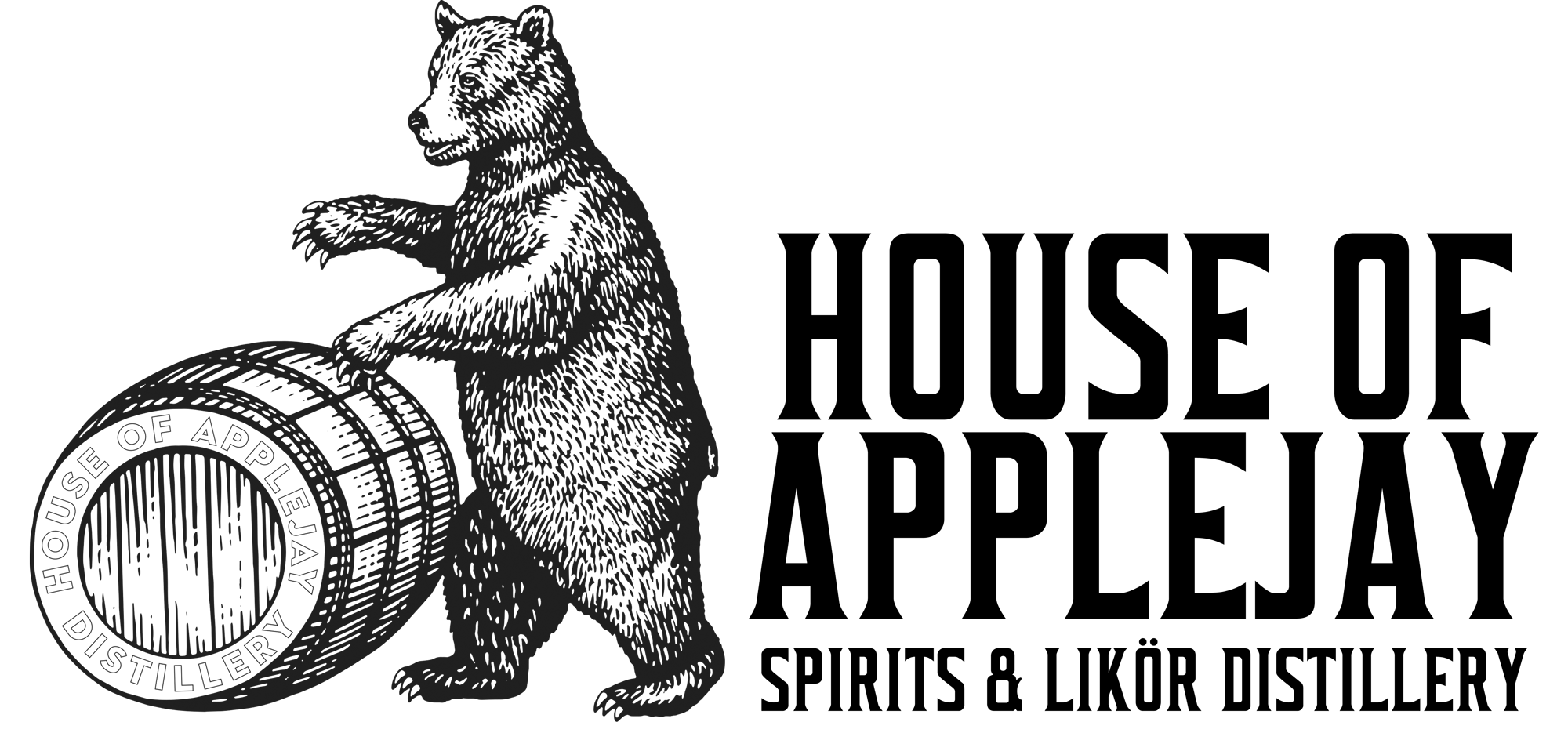The Whisky War

Canada and Denmark have been at odds over a small uninhabited island called Hans for decades. Both Canada and Denmark claim the only 1.25 square kilometer island without any vegetation for themselves. Since it is not clear who the stony rock belongs to, delegations from both countries travel to the island to hoist their flag and leave a bottle of local alcohol – either Canadian Whisky or Danish Schnapps. Hans Island (named after the Greenlandic explorer Hans Hendirk) is located in the middle of the Kennedy Channel in the Arctic between the Canadian island of Ellesmere and northern Greenland (Greenland is an autonomous part of the Kingdom of Denmark).
In 1933 the barren island was granted to Denmark by the Permanent Court of International Justice. When this predecessor organization of the United Nations was dissolved this judgment was no longer valid. In 1973 the border between Canada and Greenland was drawn and Hans Island was left out, and this paved the way for the so-called “Whisky War”.
Both countries solved the problem with alcohol: The “Whisky War” started in 1984 when the Danish Minister for Greenland landed on Hans Island and left a bottle of Gammel Dansk Schnapps and a sign saying “Welcome to the Danish Island“. Of course, it did not last long until the Canadians countered with a bottle of Canadian rye whisky. Since then, Danish and Canadian military ships have alternately docked on the island to mark their territory with alcohol. It is not known whether the deputations drunk the confiscated spirits or not.
Canada and Denmark are negotiating the whereabouts of Hans Island until today because the little island could become of strategic importance for shipping if climate change makes the Nares Strait navigable. Furthermore, the sovereignty over the island grants ownership of potential mineral resources below and in the surrounding waters.
The “Whisky War” is an ongoing conflict since 38 years, and it may be a successful strategy to exchange bottles of liquor while negotiating…

0 Comments